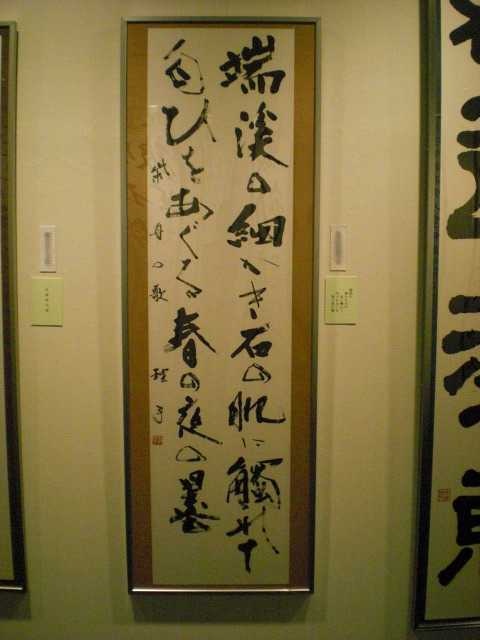I'm supposed to take a medication whose active ingredient is produced by the bacterium Streptomyces tsukubaensis, and—given that the species name combines the Latin "-ensis" (from) and "tsukuba-", I figured there must be a story there.
 Microörganisms often are named for either their discoverer or their place of origin, so I wondered what "tsukuba-" might mean—any chance that it might relate to the tsukubai (蹲踞, or just 蹲), the "stooping" water basin outside the chashitsu at which Tea guests purify themselves before entering? Phonemes in Japanese are notoriously misleading, so I doubted it, but it was worth looking into.
Microörganisms often are named for either their discoverer or their place of origin, so I wondered what "tsukuba-" might mean—any chance that it might relate to the tsukubai (蹲踞, or just 蹲), the "stooping" water basin outside the chashitsu at which Tea guests purify themselves before entering? Phonemes in Japanese are notoriously misleading, so I doubted it, but it was worth looking into.
It turns out that the bacterium is named for its place of origin, the area around Mount Tsukuba (筑波山), a double-peaked mountain in Ibaraki Prefecture, just under 40 miles north of Toukyou. There are some interesting legends about the peaks: It seems an unspecified god descended from the heavens and asked around for shelter; whereas Mt Fuji was too proud to offer, Mt Tsukuba did, and this is why Mt Fuji is frigid and Mt Tsukuba is lush with vegetation. Also said to be the burial places of the great deities Izanagi and Izanami. Lofty origins for a useful bacterium! So, we have the stinginess of Mt Fuji to thank for all the medicinal plants founts in Tsukuba.
In "tsukubai", the kanji are
- 蹲, tsukubai, used for the basin itself—whose radicals include, funnily enough, a foot and o-sake (rice wine)
- 踞, KYO / uzuku.maru, to crouch or kneel, with the same (but perhaps more understandable) foot radical
Mount Tsukuba's kanji are
- 筑, CHIKU / tsuku, which seems to refer to an ancient musical instrument (probably/presumably a drum); note that the on-yomi CHIKU matches the crown radical of bamboo (take/CHIKU)
- 波, HA/nami, a wave, which in a secondary position in a two-kanji word would read as "BA".
As a side note: I find that 波 (nami) also can invoke Poland. This is something I've been thinking about for a while with the passenger lists; I knew that the US is often represented as 米 (kome/BEI), rice; China as 中 (naka/CHUU), the middle;, and Japan as 日 (nichi), the Sun; 英 (EI) is England but also is read はなぶさ hanabusa, the calices or fringey outer parts of a flower. (If memory serves, the tassels that close my haori in the front also are "fusa".) But it seems Brazil (ブラジル) is 伯 (HAKU/etc.), which seems to have old political meanings. France is 仏 and variant 佛—the Buddha, or the dead. Spain is 西 (SAI/nishi, west). Mexico is sumi ink (墨). Etc. Clearly there is more to be learned about this.


